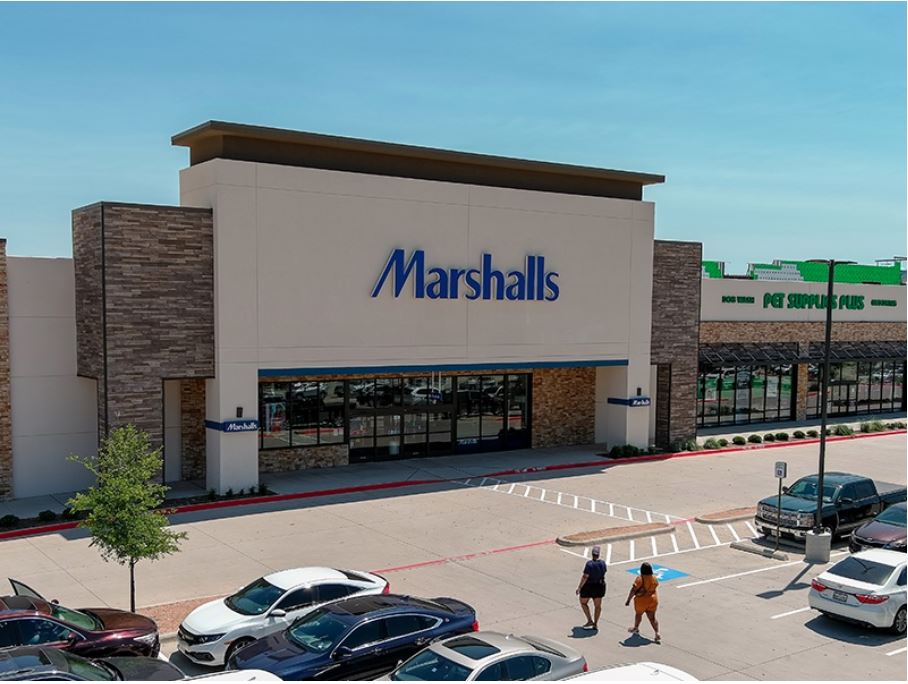JLL Capital Markets has closed the sale of The Shops at Chisholm Trail Ranch, a 213,416-square-foot retail center in Fort Worth, Texas.
JLL marketed the property on behalf of the seller, Street Level Investments, and Mazaheri Properties acquired the asset. Phillip Mazaheri with Price Edwards & Company represented the buyer.
The Shops at Chisholm Trail Ranch is a 97.5% occupied, newly constructed center currently leased to a wide range of tenants, including Studio Movie Grill, Ulta, Old Navy, Ross, Marshalls, Tuesday Morning, Five Below, Famous Footwear, Pet Supplies Plus, James Avery and Crumbl. The center benefits from 1.7 million visits annually with customers visiting an average of six times per year.
Situated at SEC Chisholm Trail Parkway and McPherson Boulevard, the property is part of Chisholm Trail Ranch, a 600-acre master-planned community located in Southwest Fort Worth. The center is 13 miles from Downtown Fort Worth, 9.4 miles from Texas Christian University and 3.1 miles from Tarleton State University. Additionally, almost 500,000 residents are within a five-mile radius of the center and earn an average income of almost $90,000. The immediate trade area has grown substantially with the opening of the Chisholm Trail Parkway toll road, and buying power is expected to increase 19% over the next five years.
The JLL Retail Capital Markets Investment Sales and Advisory team that represented the seller was led by Senior Managing Directors Chris Gerard and Barry Brown and Analyst Matthew Barge.









